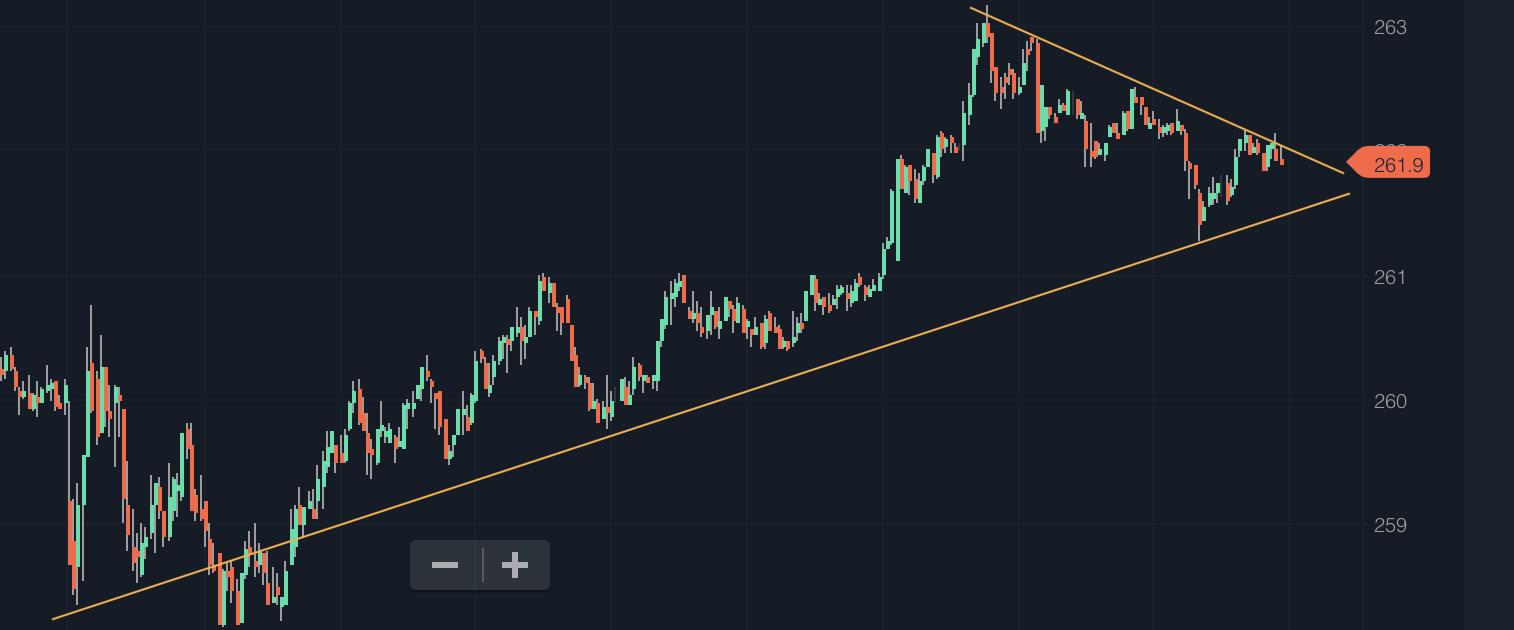There has actually been a good deal of publicity lately about textile building and the numerous materials where it is made. "Synthetic" textiles made from petroleum feed-stocks have been panned as not sustainable. There has been progress in making these type of textiles from bio-based oil derivative basic material, yet very little is being done commercially.
"Organic" cotton has actually obtained a lot of press too, however the fundamental issues in creating cotton remain. The lengthy hot growing period, the large quantity of water required for the crop, and the susceptability to a range of insects and illness call for a great deal of treatment by the farmer, whether with herbicides and also pesticides or comparable quantities of natural alternatives.
A few other "quick renewal" textile items are currently on the marketplace such as bamboo, abaca, linen, and also material made from other grasses. Their rapid development implies they absorb a large amount of carbon in the environment quickly, however especially in the case of bamboo, the poisonous chemicals needed to separate the fiber from the other plant product prior to it can be woven, is troublesome.
There is one rapidly expanding all-natural product that offers itself perfectly for textile that is eco-friendly from an expanding and processing viewpoint. The product is largely grown in Eastern Europe and Asia where subsistence farms make it a cash money plant. I am speaking of hemp-a fiber that has been grown by people since ancient times for its fiber, oil, medical top qualities, and also as a base for soaps, lotions, creams as well as hair shampoos.

Yearly, an acre of land will certainly generate as much fiber as 2-3 acres of cotton. The fiber is more powerful and softer than cotton, lasts twice as long in operation, as well as will certainly not mildew.
Historically most hemp fiber was used for rope (ropes) and the many unusual names for aquatic ropes derive from the numerous certain fiber blends and also strengths for specific aboard ship utilizes.
Hemp expands in a much broader climate array than cotton and also is frost forgiving. Along with the fiber for textiles, hemp can be made use of for paper, cardboard, a plastic substitute and even as fuel (assume bio-diesel).
It is interesting to note that in the United States most paper is Hemp Stocks made from tree fiber-which take years to expand to harvestable dimension. A hemp plant can be gathered in 120 days as well as needs no hazardous chemicals to release the fiber from the pulp. (Anybody that has actually passed a running paper mill will connect to this!) Hemp fiber is launched mechanically by steam as well as machinery.
It is upsetting that hemp has been illegal to grow in the US because the 1930's, and made stricter about a decade back. Its relative, marijuana, has basically tantamount leaf and also stem framework, but Cannabis Hemp (Indian hemp) does not have the THC material that makes cannabis such a social problem.
A lot of countries in the EU, plus Canada and Australia, enable industrial hemp to be grown. In Eastern Europe as well as Asia, hemp has actually always been a legitimate plant that renews the dirt and doesn't need pricey herbicides and pesticides. Nevertheless, commercial hemp is lawful for import as well as sale in the US, however prohibited to expand as a domestic crop.
This state of events suggests that American customers can benefit from the environmentally friendly nature of the product, when utilized in their apparel or furnishings, and also are supporting mostly 3rd world farming initiatives to be self-sustaining and also enriching their standard of living.
A hemp plant can be gathered in 120 days as well as requires no toxic chemicals to release the fiber from the pulp. Hemp fiber is launched mechanically by steam and also equipment.
Many countries in the EU, plus Canada and Australia, permit industrial hemp to be grown. Industrial hemp is legal for import and sale in the United States, but prohibited to expand as a domestic crop.